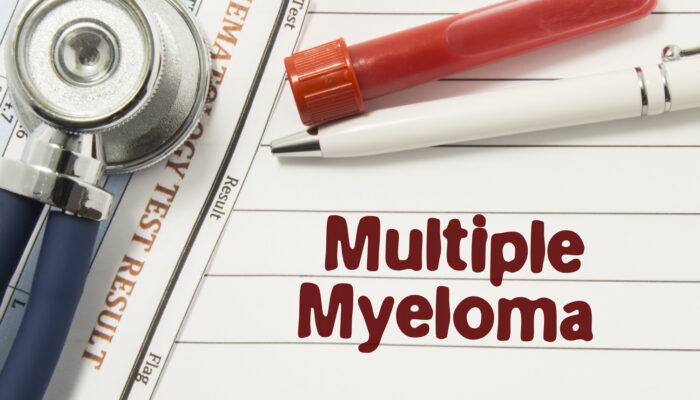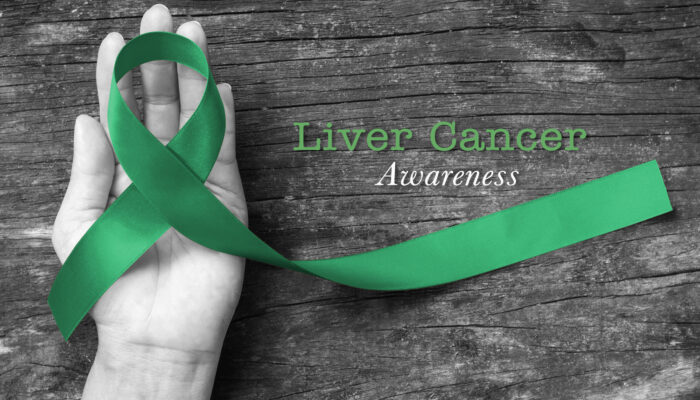
Common Types of Amyloidosis
Amyloidosis is a term designated for representing diseases that involve the abnormal protein amyloid. These diseases are different but all share the amyloid protein fibers that can develop in organs, tissue, nerves and other areas in the body. Diagnosing which specific disease is very important as treatments vary based on which. Amyloid originates from inside bone marrow and can be deposited in any organ or tissue.
Symptoms may not be present until the disease has progressed into later stages and they vary based on which organs are affected. Symptoms include:
• Fatigue and low-energy
• Numbness, carpal tunnel syndrome
• Ankle and leg swelling
• Shortness of breath
• Enlarged tongue
• Diarrhea (sometimes with blood or constipation)
• Unexpected weight loss
• Difficulty swallowing
• Skin bruising, purple around eyes
• Irregular heartbeat
There is no cure for any of these diseases, however the folloiwng types can be managed through proper treatment:
1. Light Chain AL Amyloidosis
This is the most common type of amyloidosis and affects kidneys, nerves, heart, skin and liver. This takes place when bone marrow produces abnormal antibodies that are eventually deposited into tissue as amyloid.
2. Autoimmune AA Amyloidosis
It generally targets the kidneys, but can also affect liver, digestive tract and heart. It accompanies other illnesses such as inflammatory bowel disease and rheumatoid arthritis.
3. Familial Amyloidosis
This type is an inherited amyloid gene abnormality that affects heart, liver, kidneys and nerves. The disease progression and age diagnosis is dependent on the type of abnormality.
4. Risk factors
It is possible for anyone to develop amyloidosis, yet the following are considered major risk factors:
- Age: Most people diagnosed with AL amyloidosis are 60-70 years of age, though it is possible at a younger age.
- Sex: Around 70% are men.
- Other Diseases: Chronic infections and chronic inflammatory diseases increase risk of AA amyloidosis.
- Family History: Some are hereditary.
- Race: Those with African descent have a higher chance of carrying the gene that affects amyloidosis in the heart.
- Kidney Dialysis: All protein cannot be removed with dialysis. Therefore there could be buildup of abnormal proteins in blood and fill tissue.
5. Treatment for amlyoidosis
Treatments for other types of amyloidosis are more straightforward and primarily focus on managing symptoms and minimizing further organ damage. A cure for amyloidosis does not yet exist. There are some chemotherapy medications that treat AL amyloidosis and actively limit the growth of amyloid. Another option for AL amyloidosis is Autologous Blood Stem Cell Transplant (ASCT). It consists of removing your own stem cells from the blood and storing them for later use. The stem cells are re-inserted into your body using a vein after high-dose chemotherapy.



